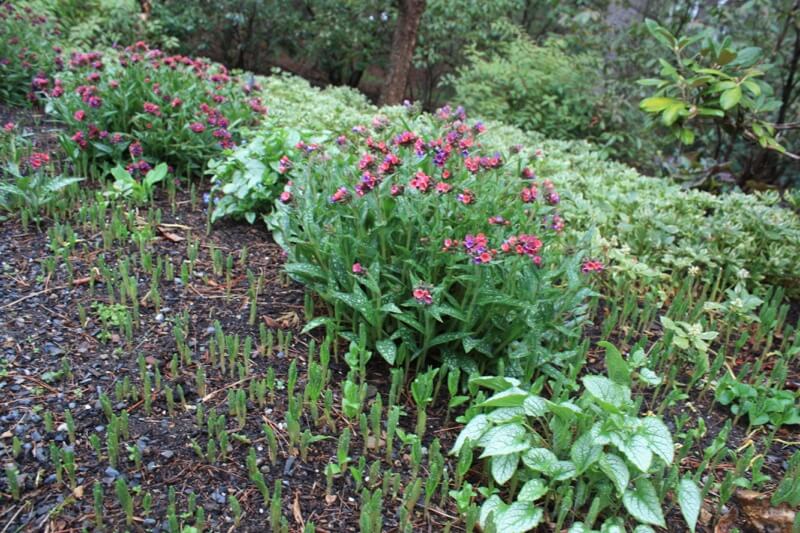Every landscape, natural or man-made, is dynamic. Nothing can be frozen in time. All landscapes and managed areas will suffer a steady decline without proper and ongoing care until total renovation is possible. Even with proper care, the landscape can begin to age and mature over 15 years.
To avoid major landscape surgery, you need to conduct a year-round, periodic assessment. This will allow you to assess your landscape’s performance, and decide what needs more attention. Keep a record of the year and take photos to reference later. These can be used to assess progress in each phase or season, and as a guideline for future changes. You can’t put off caring and changing for too long. You must address any issues you notice immediately.
Three seasonal assessments are key to understanding what is happening to your landscape as it comes back to life in spring, matures and actively grows in summer, and then lays down for winter.
The critical first step in assessing the new season is early spring (March/April). This is before the plants start actively growing. Because there is no foliage, early spring is a great time to assess hardscape features like lawn and bed lines. This allows you to see the structure of the landscape. This is a good time to start structural work that can later be done in the spring or summer. Keep track of any notes you make during mid- or late-season assessments.
Mid-Summer (July/August). By this point, your lawn and gardens will be in full swing. The height of plant growth is reached and all the foliage has covered in. This allows you to clearly see areas that are overcrowded or have significant gaps that must be filled. This assessment should be done as soon as possible so that you can plan your summer and fall work, such as pruning, dividing and adding plants.
Mid-Fall (October/November). The season is ending and the plants are getting ready to go into winter. This is the time to assess the year’s failures so that you can plan for corrections in the winter, such as tree removals or corrective pruning. You won’t be able to wait for spring to arrive, so it is a good time to plan early spring work to help you get ahead.
You can provide ongoing, thoughtful management of your landscape that honors your original design intent and allows you to capitalize on opportunities for making improvements and adjustments. Instead of reacting more aggressively to minor mistakes that accumulate over time, you’ll be able to guide your landscape in the direction that best suits your vision.
Landscapes require more than maintenance. You will need to change your landscape if you want to maintain the growth rate, sometimes at large, or reduce the root pressure and shade of the surrounding forests. Do not fight this too hard. You must be willing to make changes, which I call edits, that address environmental changes as well as the aging process. This will make your landscape more durable.

